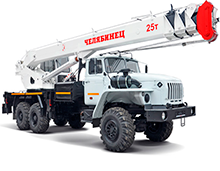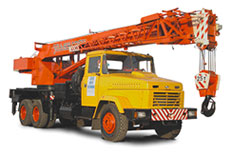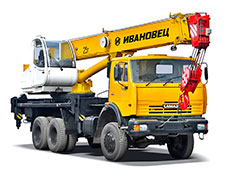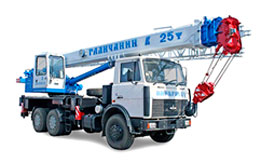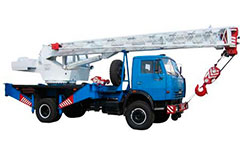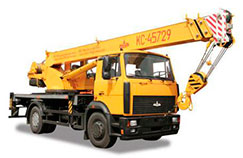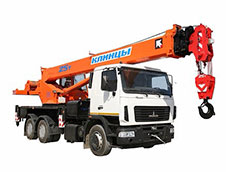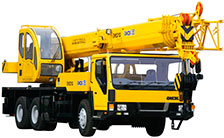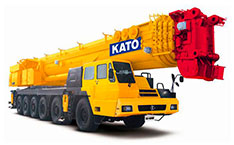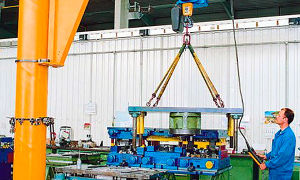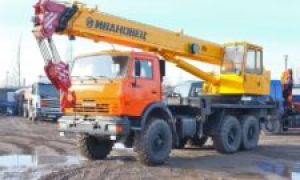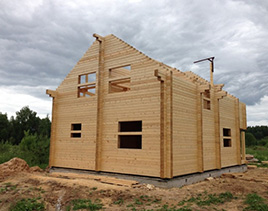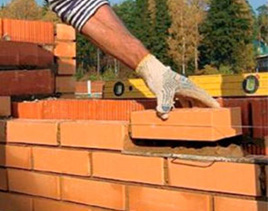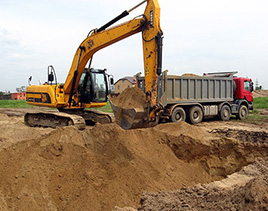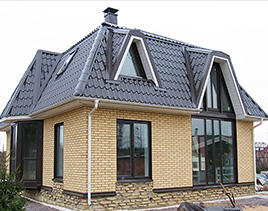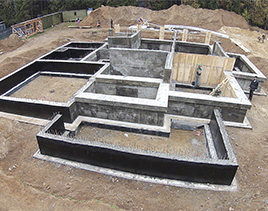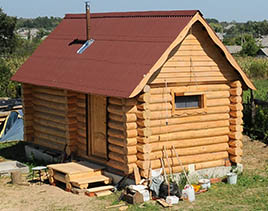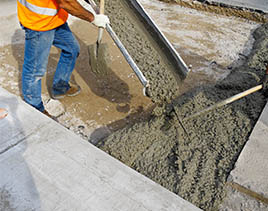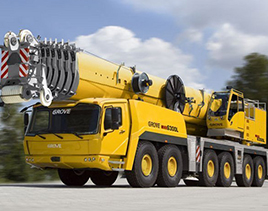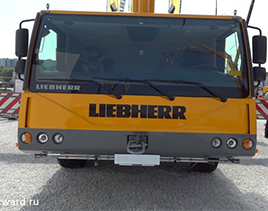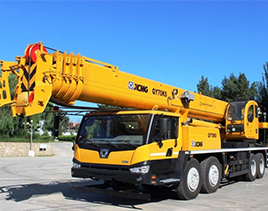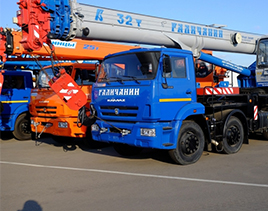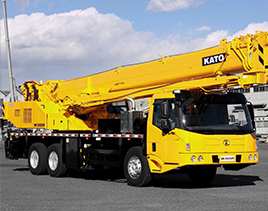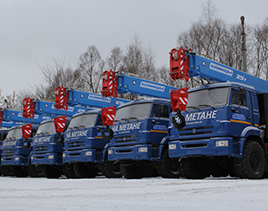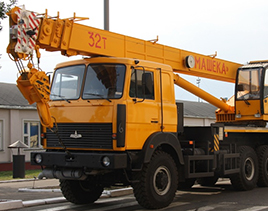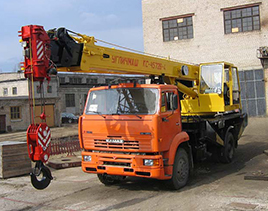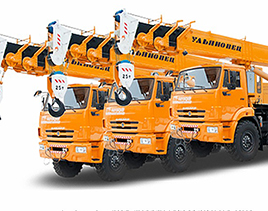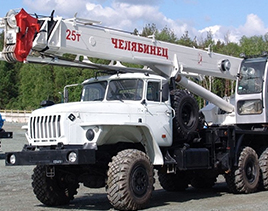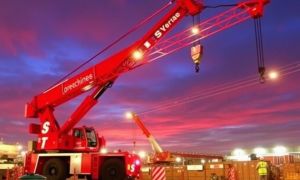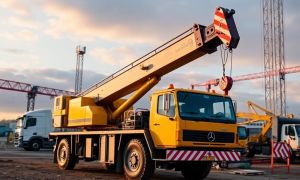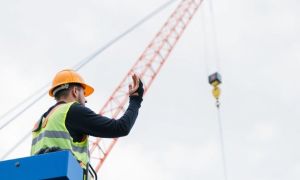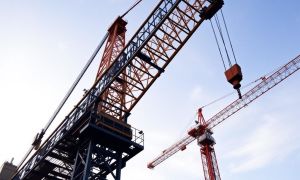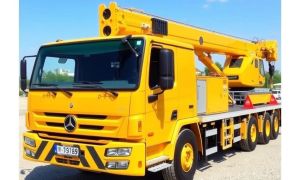When it comes to lifting heavy loads and performing complex construction tasks, mobile cranes play an essential role in various industries. They bring together flexibility, power, and efficiency, making them indispensable equipment on job sites ranging from urban construction projects to large-scale industrial operations. But not all mobile cranes are created equal. Different types of mobile cranes suit different kinds of jobs, each with unique features, capacities, and applications. In this article, we’ll explore the main types of mobile cranes, their specific uses, and how to choose the right crane for your project.
What Is a Mobile Crane?
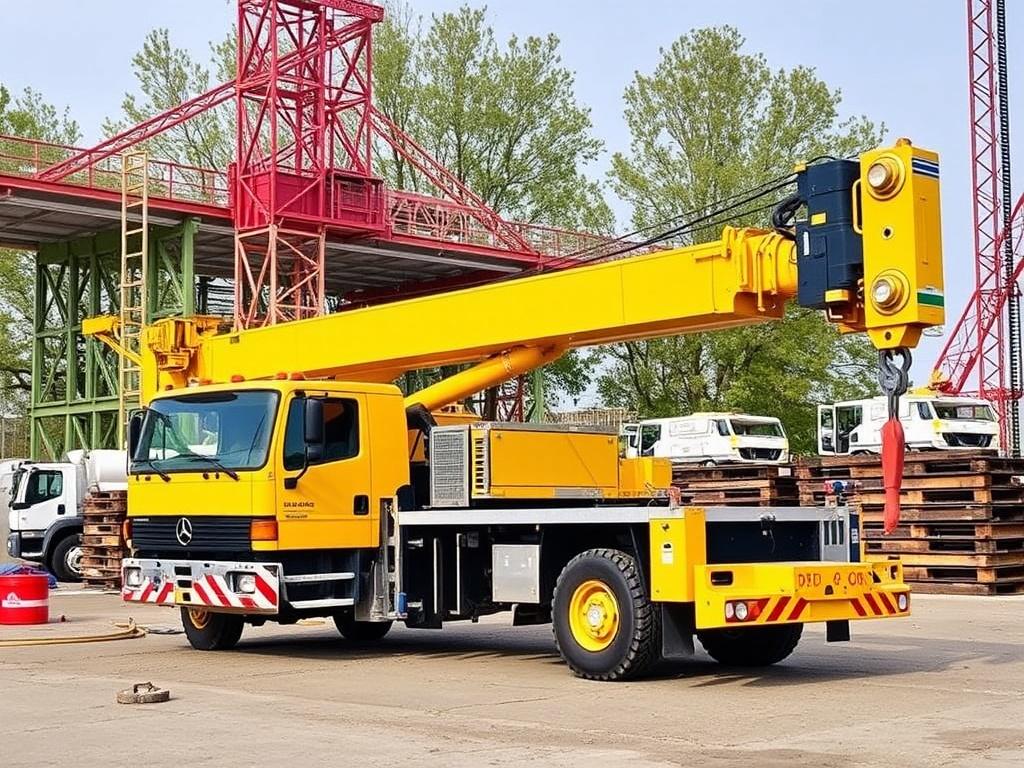
Before diving into the different types, it’s important to understand what a mobile crane actually is. In simple terms, a mobile crane is a crane mounted on a platform that allows it to move around a job site easily. Unlike stationary cranes, mobile cranes are designed to be portable and versatile, often mounted on wheels or tracks, so they can navigate challenging terrains or tight spaces. This mobility lets construction crews transport the crane to different locations quickly, reducing setup times and increasing productivity.
Mobile cranes come equipped with a telescoping boom and sometimes a jib, allowing cranes to reach up and extend outwards. The ability to move both horizontally and vertically makes them ideal for a wide variety of lifting tasks.
Why Are Mobile Cranes Important?
Mobile cranes are crucial because they make heavy lifting tasks manageable without the need for permanent infrastructure. Their versatility allows construction companies, logistics firms, and maintenance crews to handle diverse projects such as building skyscrapers, assembling wind turbines, loading and unloading cargo, and even emergency rescue operations. With the right type of mobile crane, operations become safer, faster, and more cost-effective.
Main Types of Mobile Cranes
The landscape of mobile cranes is diverse, and understanding the main types will help you better appreciate how these machines are employed in different scenarios. Let’s break down the most common types of mobile cranes used across industries:
1. Truck-Mounted Cranes
Truck-mounted cranes are mobile cranes mounted on a commercial truck chassis. They provide excellent mobility and can drive on highways, which makes them perfect for projects that require moving from site to site frequently. These cranes can quickly set up and are commonly used for construction, road maintenance, and utility work.
Key features include:
- High mobility on roads
- Moderate lifting capacity
- Telescopic boom for varying reach
Due to their convenience and versatility, truck-mounted cranes are favored for shorter-term projects and sites that don’t require extremely heavy load lifting.
2. Rough Terrain Cranes
As their name implies, rough terrain cranes are designed to operate on uneven, off-road sites. These cranes come mounted on a four-wheel or eight-wheel chassis with large, heavy-duty tires, allowing them to maneuver through mud, gravel, and rugged landscapes. Their crane function typically includes a hydraulic telescopic boom.
Rough terrain cranes are powerful enough to lift heavy loads and are often used in construction projects located in environments such as mining, oilfields, and rural areas.
- Excellent off-road mobility
- High lifting capacities
- Hydraulic telescopic boom
3. Crawler Cranes
Crawler cranes are mounted on tracks rather than wheels, which provides greater stability and weight distribution. These cranes are ideal for large-scale construction sites where heavy lifting and extended reach are necessary. They are slower in relocation but can move while loaded and operate on soft ground without sinking.
Crawler cranes boast some of the highest lift capacities available in mobile cranes and are frequently used in bridge construction, heavy infrastructure projects, and wind turbine assembly.
- Tracked chassis for stability
- High load capacities
- Ability to lift and move heavy materials
4. All-Terrain Cranes
All-terrain cranes combine the best of truck-mounted and rough terrain cranes. They have multiple axles and can travel both on highways and rough terrains, making them uniquely flexible. This capability allows all-terrain cranes to take on complex lifting tasks in both urban and off-road environments.
Characteristics include:
- High-speed travel on highways
- Excellent off-road capabilities
- Heavy lifting capacity
Large power plants, construction sites requiring diverse terrain performance, and infrastructural projects benefit from the unmatched versatility of all-terrain cranes.
5. Floating Cranes
Floating cranes, also called crane barges, are cranes mounted on a barge or vessel to perform lifting operations on water. They are critical in marine construction, shipbuilding, and port operations, where they move heavy cargo and equipment across water bodies.
Floating cranes often have extremely high lifting capacities and can be equipped with different types of booms to suit specific maritime tasks.
- Operating capability over water
- Strong lifting capacity
- Vital for marine construction and salvage
Understanding Mobile Crane Components
To truly grasp the functionality of different types of mobile cranes, it helps to know the key parts that define their capability:
| Component | Description | Purpose |
|---|---|---|
| Boom | A long arm that extends outwards | Provides reach and lifting height |
| Jib | Smaller boom extension | Increases horizontal reach and accuracy |
| Counterweights | Weights attached to the back | Balance the crane during lifts |
| Outriggers | Extendable legs from the base | Provide stability during operation |
| Hook | Device to attach lifting loads | Secures objects being lifted |
Each crane type will have varying configurations of these components tailored to their specific uses.
How to Choose the Right Mobile Crane
Selecting the right mobile crane involves assessing various factors to ensure safety, efficiency, and cost-effectiveness. Here are some key considerations:
- Load Weight and Dimensions: Understand the maximum load weight and the size of materials to be lifted.
- Site Terrain: If the construction site has rough or uneven terrain, rough terrain or crawler cranes may be necessary.
- Mobility Needs: For projects spread across multiple locations, truck-mounted or all-terrain cranes provide excellent on-road mobility.
- Lift Height and Reach: Determine the required vertical and horizontal reach to pick the appropriate boom length and jib configuration.
- Transport Regulations: Consider legal and regulatory aspects for transporting the crane if moving over public roads.
- Budget and Time Constraints: Match the crane type to project timelines and financial resources.
These criteria help businesses optimize their equipment use and complete projects without unnecessary delays or costs.
Common Uses of Mobile Cranes Across Industries
Mobile cranes are employed in a variety of applications far beyond simple lifting. Their uses can be grouped by industry as described in the table below:
| Industry | Common Applications | Preferred Crane Type |
|---|---|---|
| Construction | Building erection, bridge construction, site work | All-terrain cranes, crawler cranes, truck-mounted cranes |
| Mining and Oilfields | Equipment installation, material movement over rough terrain | Rough terrain cranes, crawler cranes |
| Marine | Shipbuilding, dockside cargo lifting, salvage operations | Floating cranes |
| Utilities and Maintenance | Power line installation, maintenance work, moving generators | Truck-mounted cranes, rough terrain cranes |
| Manufacturing | Heavy assembly, material handling inside and outside factories | All-terrain cranes, truck-mounted cranes |
Each industry benefits from the specialized capabilities of mobile cranes to meet their unique needs.
Safety and Best Practices When Using Mobile Cranes
Operating mobile cranes requires strict adherence to safety protocols to prevent accidents and equipment damage. Here are essential safety measures to keep in mind:
- Proper Training: Operators must be certified and trained on the specific crane type.
- Load Limits: Never exceed the crane’s rated load capacity.
- Ground Conditions: Conduct thorough ground inspections to ensure crane stability.
- Clear Communication: Use spotters and signaling devices during lifts.
- Regular Maintenance: Perform scheduled inspections and repairs to keep cranes in optimal condition.
- Weather Monitoring: Avoid crane operations during high winds or severe weather.
These practices not only protect workers but also extend the working life of the equipment.
The Future of Mobile Cranes
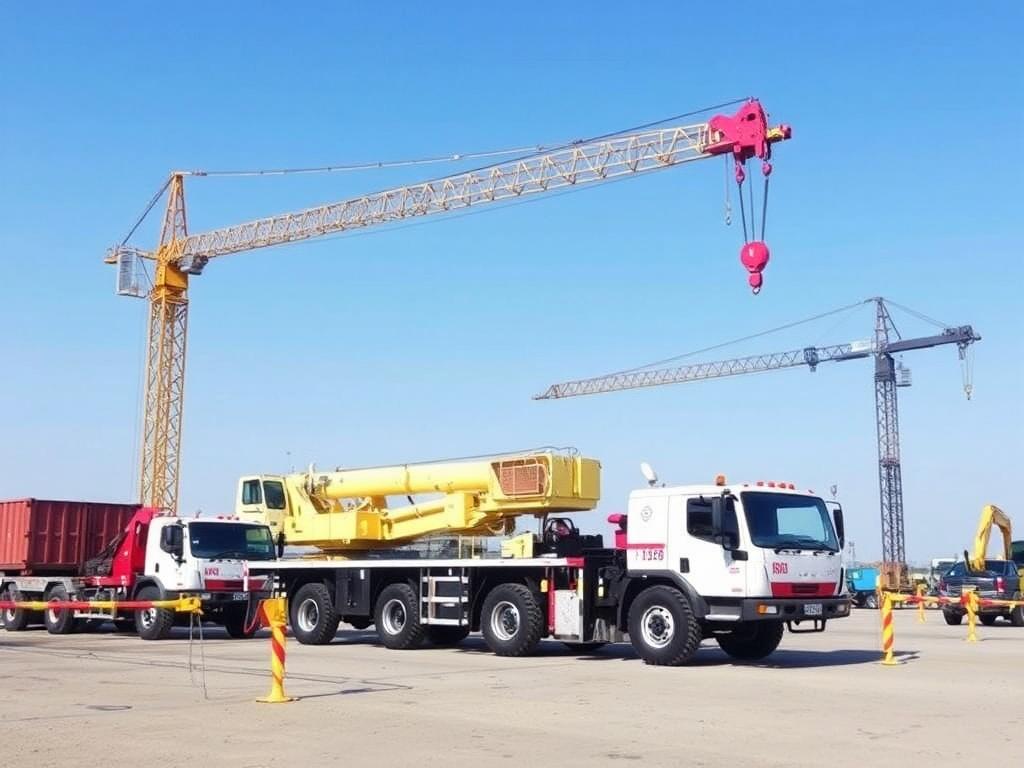
Mobile cranes continue to evolve thanks to technological advancements. Today, many cranes feature computerized controls, remote operation capabilities, and advanced safety sensors that reduce human error and increase precision. Sustainability is also a rising concern, with manufacturers developing eco-friendly models that run on electric power or hybrid engines to reduce emissions.
These innovations promise to make mobile cranes more efficient, safer, and environmentally friendly, expanding their applications even further in the coming decades.
Summary Table: Mobile Crane Types and Uses
| Crane Type | Main Features | Typical Use Cases |
|---|---|---|
| Truck-Mounted | High road mobility, telescoping boom | Short projects, utility work, urban construction |
| Rough Terrain | Excellent off-road movement, powerful lifts | Mining, oilfield, rural construction |
| Crawler | Tracked for stability, heavy lifting | Large-scale infrastructure, bridge projects |
| All-Terrain | Versatile terrain handling, highway capable | Projects with diverse environments, heavy lifts |
| Floating | Water operations, heavy lifting over water | Marine construction, salvage, docks |
Conclusion
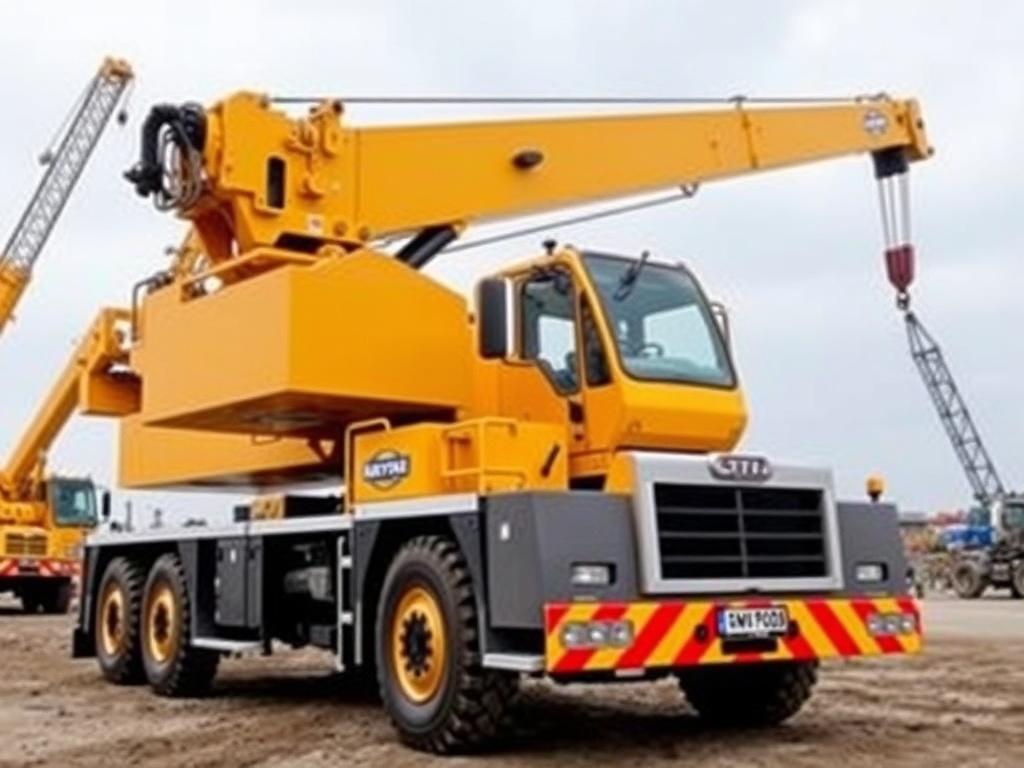
Mobile cranes are truly the workhorses of modern construction and industrial operations due to their mobility, powerful lifting capabilities, and adaptability to different terrains and tasks. From truck-mounted cranes that zip between urban sites to massive crawler cranes that shape skylines and floating cranes that master the water, each type serves a critical purpose. Understanding the different types of mobile cranes and their uses helps professionals make informed decisions, ensuring projects proceed smoothly and safely. With ongoing innovations improving performance and sustainability, mobile cranes will continue to be a foundational tool in building our infrastructure and supporting countless industries worldwide. Whether you’re in construction, marine work, mining, or maintenance, knowing which mobile crane fits your needs can make all the difference in achieving your project goals efficiently and safely.

